Buy or gift a stand-alone digital subscription and get unlimited access to dozens of back issues for just £18.99 / $18.99 a year.
Please register at www.exacteditions.com/digital/cornucopia with your subscriber account number or contact subscriptions@cornucopia.net
Buy a digital subscription Go to the Digital EditionThe city of Dresden is now home to one of the finest displays of Turkish art and armoury
Dresden was infamously left in ruins by Allied raids in 1945, but as the train pulls across the Elbe, the skyline still captures the thrill of its Baroque heyday. It is a miracle that there is anything left to see in Dresden’s museums, but there is: whole collections were hidden in castles along the Elbe, and after the war Russia returned what the Red Army had carted off. Now 70 years after it was closed, the palace’s ‘Türckische Cammer’ reveals Ottoman arms and armory in all their glory.
Saxony’s taste for things Turkish goes back to the 1570s, when David Ungnad was imperial envoy to Istanbul. The ambassadors’ caravanserai, which Ungnad had had repaired, can be seen in his secret Türckenbuch. A Saxon envoy in his party took home a gold-damascened Ottoman sword. The gift was clearly appreciated. The Electress then gave her husband a Hungarian sabre one Christmas, and the Medicis and the Dukes of Savoy showered him with Oriental gifts.
August the Strong (1670–1733), most colourful of Saxony’s Electors, often dressed as a sultan and would send his Turkish valet to buy kaftans in Istanbul. The painting above shows the military review at Zelthain, north of Dresden. It evoked memories of the 1683 Ottoman siege of Vienna, and involved 27,000 men, including Saxon ‘Janissaries’ armed with sabres. There were 1,051 tents in all.
Daniel Shaffer explains the value of the Great Mosque of Divriği’s ancient carpets.
Reassuringly inaccessible, Divriği has always taken time to reach – and its riches time to savour. Patricia Daunt on the historical figures who made the journey
Famous for his atmospheric films set in stark landscapes, Nuri Bilge Ceylan is now attracting attention with his photography. Maureen Freely leafs through the pages of a fine limited-edition album of his enigmatic, painterly scenes
In September 2009, six travellers set out on horseback to retrace the early part of the route taken in 1671 by the Ottoman traveller Evliya Çelebi on his way to Mecca.
Spirited impressions of Ottoman Istanbul in the 16th century from a mischievous Danish artist and an acerbic Flemish envoy.
When eaten raw as a salad, turnips are shredded or thinly sliced like radishes. Their distinctive mustardy bite, which cleanses the palate, makes them excellent company for rich meats and fish. Cooking however, transforms the starch in the turnip, giving it a mellow taste.
More cookery features
The Great Mosque and Hospital of Divriği, an imperilled masterpiece of Islamic art in the remote upper Euphrates, is the only single building in Turkey given world heritage status. Cornucopia celebrates this medieval marvel with a 26-page guide to its mad, exuberant architecture through the stunning photographs of Cemal Emden
Little known and rarely visited, the hauntingly beautiful sanctuary of Zeus at Labraunda – built by the family of the legendary Mausolus high above Milas – was for centuries Aegean Turkey’s most revered shrine. A Swedish team has managed to uncover the ruins without sacrificing the serenity of these sacred hills.
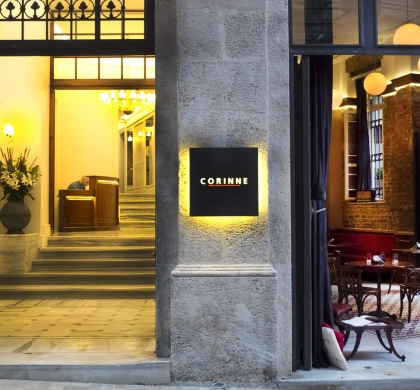
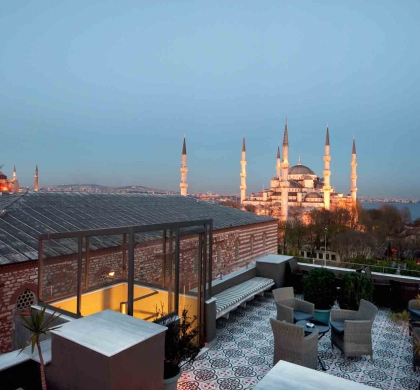
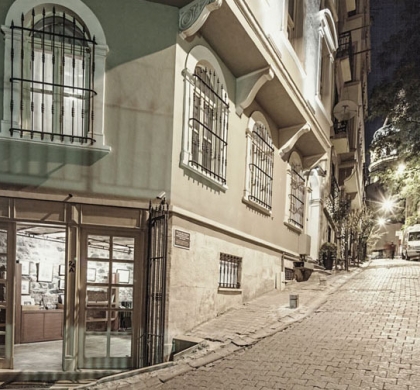

Bezmärä Ensemble
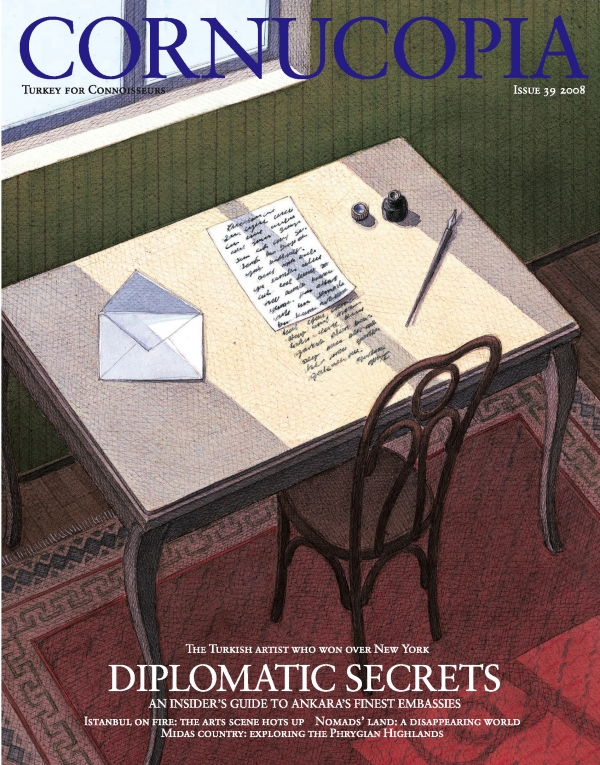
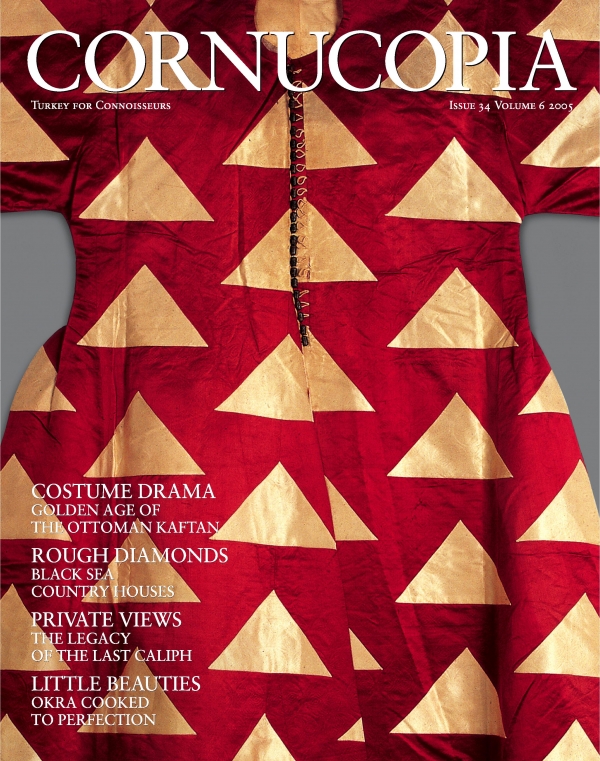
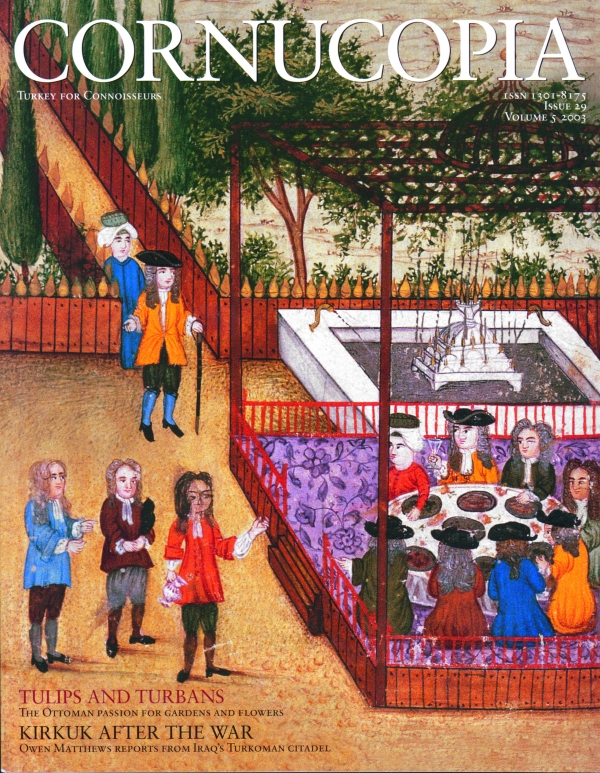

Cornucopia works in partnership with the digital publishing platform Exact Editions to offer individual and institutional subscribers unlimited access to a searchable archive of fascinating back issues and every newly published issue. The digital edition of Cornucopia is available cross-platform on web, iOS and Android and offers a comprehensive search function, allowing the title’s cultural content to be delved into at the touch of a button.
Digital Subscription: £18.99 / $18.99 (1 year)
Subscribe now